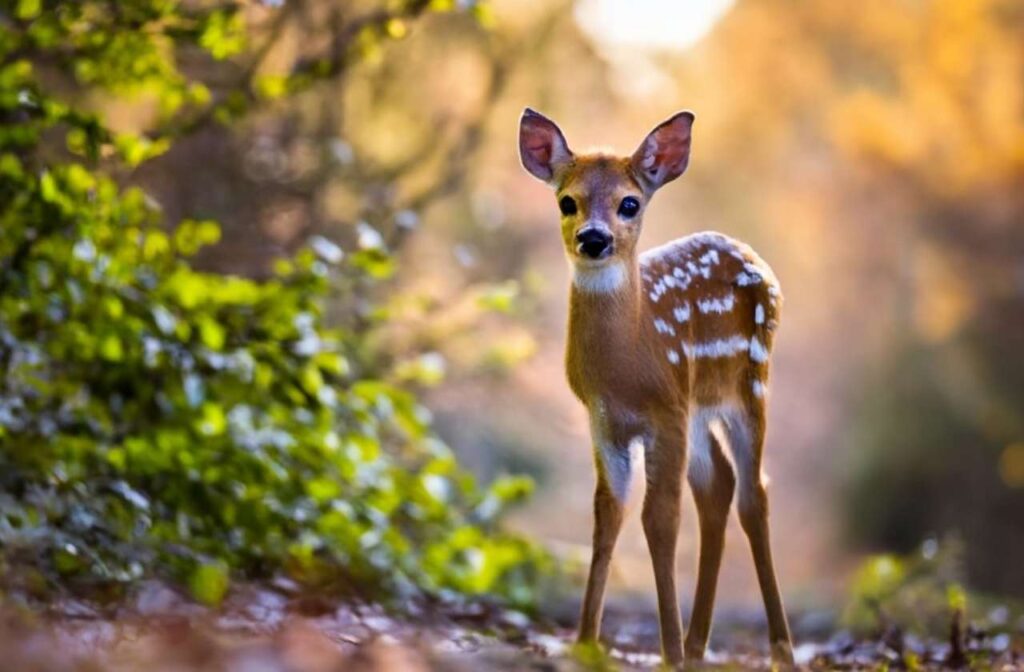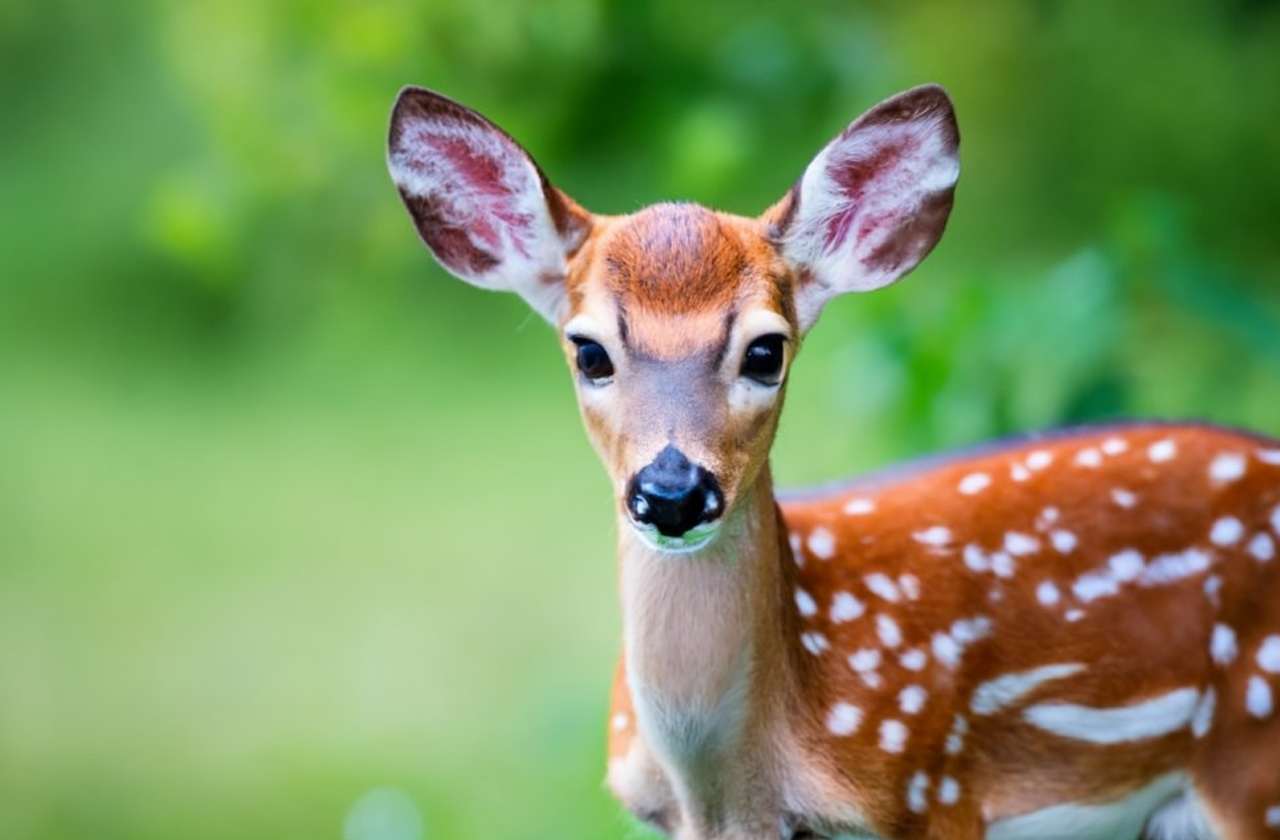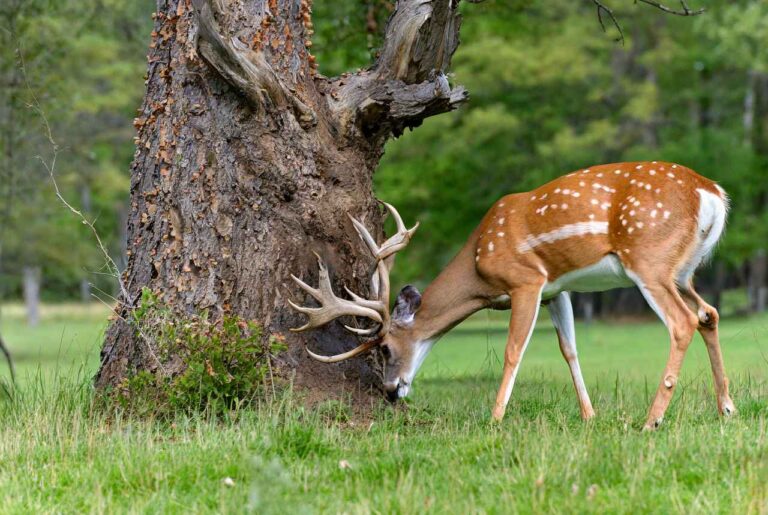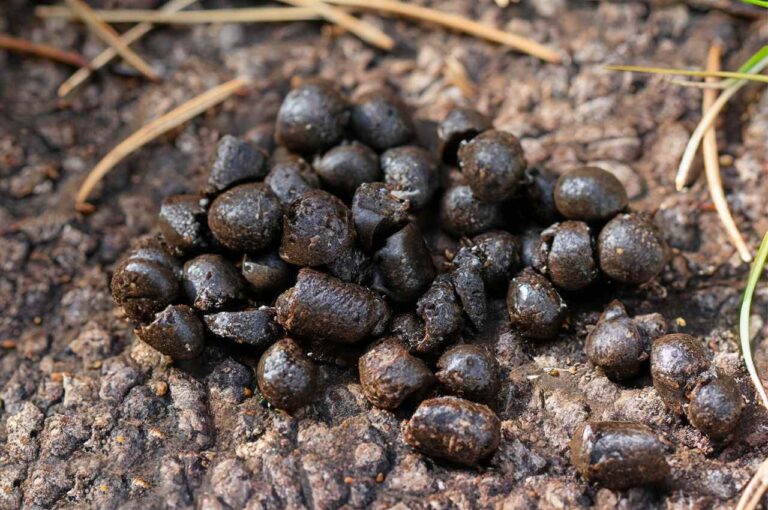What is a Baby Deer Called? Discover the Answer!
In the world of deer, there are many names for adults based on gender, build, and species. Male deer can be bucks, stags, or bulls, while female deer are referred to as does, hinds, or cows. But when it comes to their offspring, what is a baby deer called?
Well, the most common term for a baby deer is a fawn. Depending on the species and location, these cute little creatures are sometimes known as calf or kids. The name given to a newborn deer might vary, but fawn is the most common.
| Deer Species | Baby Name |
|---|---|
| Red Deer | Calf |
| Muntjac Deer | Fawn |
| Fallow Deer | Fawn |
| White-Tailed Deer | Fawn |
| Mule Deer | Fawn |
| Roe Deer | Calf |
| Sika Deer | Calf |
| Chital Deer | Fawn |
| Axis Deer | Fawn |
| Musk Deer | Calf |
| Chinese Water Deer | Calf |
| Tufted Deer | Fawn |
| Pere David's Deer | Calf |
| Milu Deer | Calf |
| Barasingha | Calf |
| Sambar Deer | Calf |
| Eld's Deer | Calf |
| Thorold's Deer | Calf |
| Brow-Antlered Deer | Calf |
| Indochinese Hog Deer | Fawn |
| Visayan Spotted Deer | Fawn |
| Calamian Hog Deer | Fawn |
| North Sulawesi Dwarf Deer | Fawn |
| Philippine Spotted Deer | Fawn |
| Hog Deer | Fawn |
| Sambar Deer | Calf |
| Eld's Deer | Calf |
| Thorold's Deer | Calf |
| Brow-Antlered Deer | Calf |
Key Takeaways:
- A baby deer is commonly called a fawn.
- Other names for a baby deer include calves or kids, depending on the species.
- The specific name used for a baby deer varies depending on location and species.
- Fawns have distinct features such as white spots on their coats for camouflage.
- They rely on their mothers for survival during the early stages of their lives.
Fawn Deers
Because of the white patches on their dark fur at birth, fawns are better at hiding in the forest. At birth, their weight is rather low, around 6 pounds. Fawns spend much of their time hidden in the underbrush because they are easily preyed upon by predators. In addition, they rely heavily on their moms for safety and milk.
By the time they are 1.5 years old, fawns will have grown to adult size due to their rapid growth. Their fur will darken and they will no longer have the white patches.
The development of fawns’ antlers, which are utilized for protection and in mating rituals, will also begin.
Here are some more details on fawns:
- Around the spring, specifically around May or June, fawns are born.
- Almost immediately after birth, fawns are able to walk and run.
- Fawns spend around a year living with their moms.
- Fawns are gregarious and very energetic creatures.

The Meaning Behind “Fawn”
The name “fawn” comes from the Old French word “faon,” meaning “a young animal,” and the Middle English verb “faunen,” meaning “rejoicing” or “being glad.” White-tailed, roe, and muntjac deer call their young “fawns.” These fragile animals, with white markings on their coats for stealth, emerge scentless and able to stand and move quickly after birth. Their coats mature gently, losing spots for a uniform hue.
The term “fawn” can also refer to a young, inexperienced, or naive person in a metaphorical sense. It may also be used to characterize objects with a light brown color. Saying anything like “light as a fawn” to someone might indicate that they are very sensitive or easily hurt.
In conclusion, Baby deer terminology varies, but “fawn” is the most common. A newborn deer is called a fawn, a name with historical importance across deer species. The variety of names indicates language development and the cultural and geographical differences of these adorable animal. Each name adds to our understanding of newborn deer’s sensitive surroundings.
Alternative Names for Baby Deer
Here is a list of alternative names for baby deer:
- Calves
- Kids
These alternative terms may be used in specific regions or contexts, but “fawn” remains the most widely recognized and accepted term for a baby deer.
Alternatives to “Fawn”
While “fawn” is the most common term for a baby deer, there are alternative names that may be used depending on the species and region. Some people may refer to baby deer as calves or kids. The term “calf” is also used for the young of other animals like elephants, giraffes, and cows. The word “kid” is less accurate for a baby deer but may be used informally due to its similarity in size to a human child. Regardless of the specific name used, baby deer share similar characteristics, including their small size, spotted coats, and dependence on their mothers.
Here is a comparison of the different names for baby deer:
| Term | Usage |
|---|---|
| Fawn | Most commonly used term for baby deer |
| Calf | Used for baby deer as well as other young animals like elephants and cows |
| Kid | Informal term occasionally used for baby deer |
While these alternative names exist, it’s important to note that “fawn” is still the most widely recognized and accepted term for a baby deer. It is the term used in scientific literature and is commonly known among wildlife enthusiasts. Regardless of the name used, the birth of a baby deer is a magical moment in nature and a reminder of the beauty of the animal kingdom.
Conclusion
In conclusion, a baby deer is commonly referred to as a fawn. The term “fawn” encompasses the young of various deer species and has historical origins. However, it’s important to note that baby deer may also be called calves or kids in certain contexts and regions. Regardless of the specific name used, these adorable newborn deer share similar characteristics, such as their small size and their dependency on their mothers for survival.
One of the most iconic baby deer characters is Bambi, who has captured the hearts of both children and adults alike. Bambi’s story has further popularized the term “fawn” and brought attention to the beauty and vulnerability of these young creatures.
Understanding the different names for baby deer, including the term “fawn,” enhances our appreciation for these majestic animals and the wonder of their life cycle. Whether we refer to them as fawns, calves, kids, or by other names, baby deer embody the innocence and grace that make them a cherished part of nature.
Frequently Asked Questions
What other names than "fawn" are there for a newborn deer?
There are several terms for a newborn deer, such as calf or kid, depending on the species and local dialect.
Where does the term "fawn" originate from?
“Fawn” originates from the Old French word “faon,” which means “a young animal.” Also connected to the Middle English word “faunen,” which means “to rejoice” or “to be glad.”
Do deer babies of all species known as fawns?
Although most deer species, including white-tailed, roe, and muntjac, are know as fawns, however the name given to a newborn deer varies depending on the species and region.
What are the distinctive features of a baby deer?
White dots on their coats are a common feature of newborn fawns, which helps with natural camouflage. They have no smell at birth and are able to stand and move soon after. Their coats change from being speckled to being more solid in color as they become older.
Is a young deer referred to as a calf or kid?
Yes, although though “fawn” is the most common name, some people may call young deer “calf” or “kid.” “Kid” may be used colloquially because of its resemblance to a human child, however “calf” is also used for young animals such as elephants and cows.
- Wyoming Deer Season 2025-2026 New Schedule & Rules - 15 September 2025
- Wisconsin Deer Season 2025-2026: WI Deer Hunting Guide [Schedule, Rules, Licenses] - 15 September 2025
- West Virginia Deer Season 2025-2026 Complete Date & Guide - 15 September 2025






